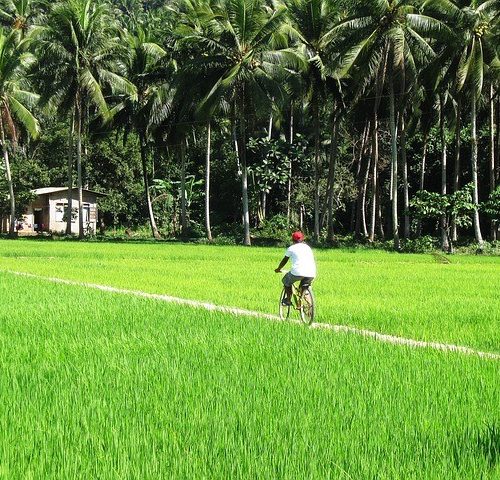
In 2018, the Philippines was ranked seventh in the world for rice production. Being the staple food of Filipinos, rice is widely planted in most parts of Luzon, Western Visayas, Southern Mindanao, and Central Mindanao. Most of these areas consist of upland rice, which is farmed on hillsides in more mountainous areas, usually without flooding. The production of upland rice in the country over the years has increased– thanks to traditional methods that can withstand both favorable and adverse conditions of soil fertility and water supply. On the other hand, lowland rice is farmed in flood-prone fields that are either rain-fed or irrigated. This is mostly grown in well-drained heavy clay soils with low nitrogen content.
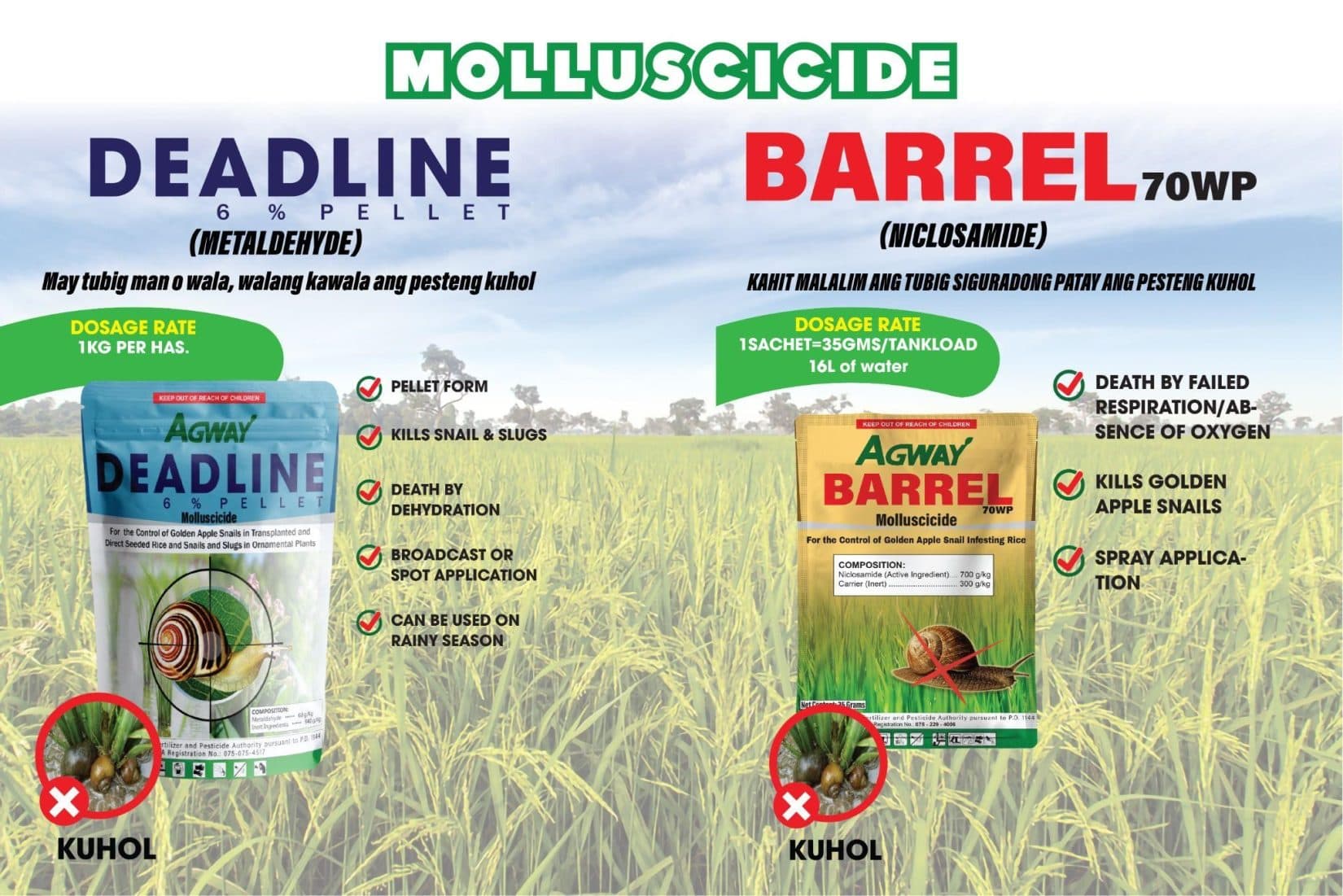
Every rice variant has a specific preference depending on where it is planted. Nearly 70% of the overall rice acreage is irrigated, with the remaining 30% being rain-fed. The country’s rice bowl, the central plain of Luzon, produces the majority of the country’s irrigated rice. Rain-fed rice can be found in northern Luzon’s Cagayan Valley, Iloilo Province, and the coastal plains of Visayas and Ilocos.
Whether lowland or highland rice, you will have to wait for around 3 to 6 months before the awaited harvest time. This article will let you know the different growth stages of both lowland and highland rice plants.
Vegetative Stage
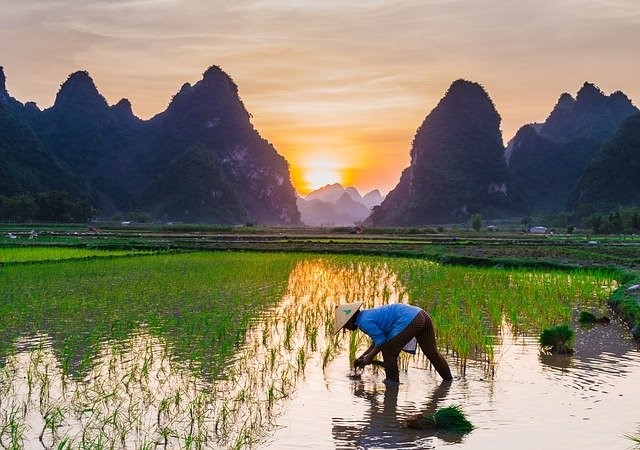
This is the longest stage where a 120-day variety can spend half of its duration depending on the variety. The vegetative stage starts with the germination period where the radicle sprouts until eventually the first leaf begins to grow in a period of 15-30 days.

Rice seeds need to get a certain amount of water and be exposed to a temperature range of 10-40 degree celsius. The early vegetative stage begins as soon as the seeds germinate, turning into seedlings, and then finally ending with tillering.

The stage of seedlings begins shortly after the appearance of the first roots and the first shoots and continues until just before the appearance of the first sprouting. At this stage, seed roots and up to 5 leaves develop. As the fifth leaf emerges, the number of tillers grows until maximum tillering is reached. After that, some tillers degenerate, and the total number of tillers settles. When the tillering stage ends, the plant’s internodes begin to grow, causing the plant to grow taller. The stems start to grow in the second half of the tillering period and stop growing about 52 days after sowing, just before they crack. This marks the end of the vegetative period.
Reproductive Stage
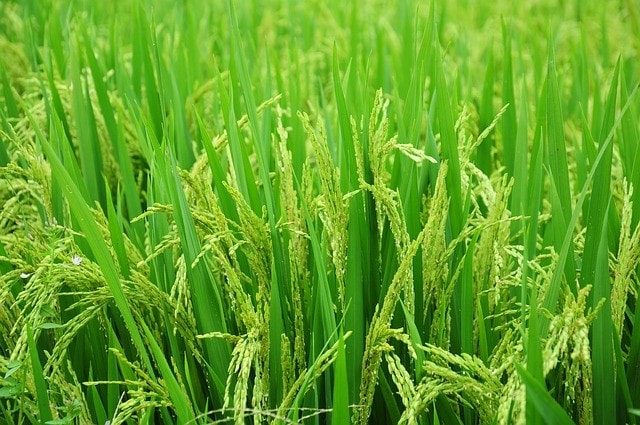
The first sign that the plant is about to enter this phase is when a bulging leaf that hides the developing panicle starts to grow. The appearance of the panicle, as well as the development of the spikelets (rice flower) and reproductive organs, are what embodies this stage. Whatever the kind or season, the duration is largely constant—between 30 and 35 days. The developing panicle’s tip emerges from the stem and continues to grow. When the panicle is fully visible, rice is said to be at the ‘heading’ stage. Following the completion of heading, flowering occurs the next day. As the flower begins to bloom, pollination starts to take place.
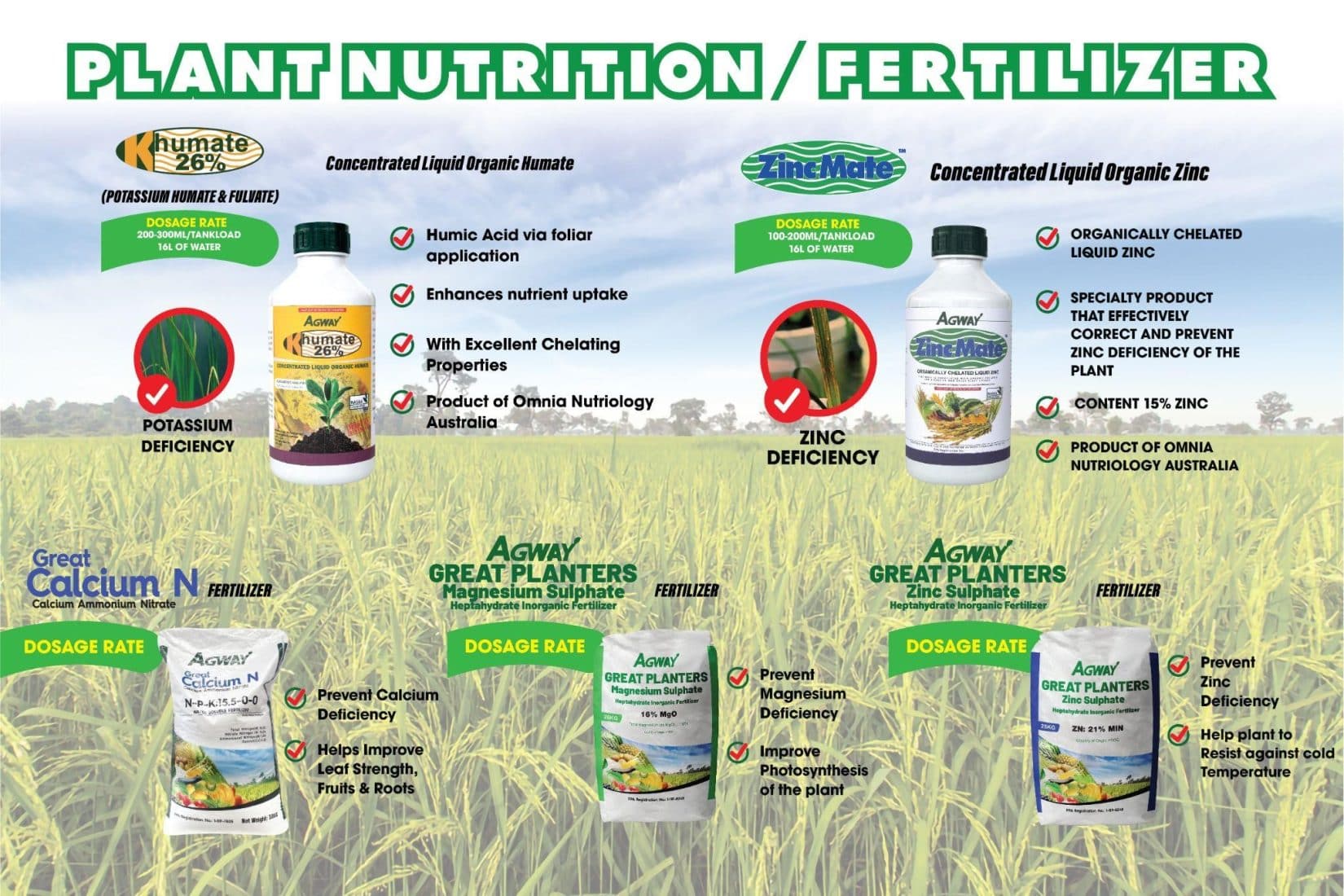
Flowering can last up to seven days depending on the maturity group and the temperature of the location where a specific variety is planted.
Ripening / Maturity Stage
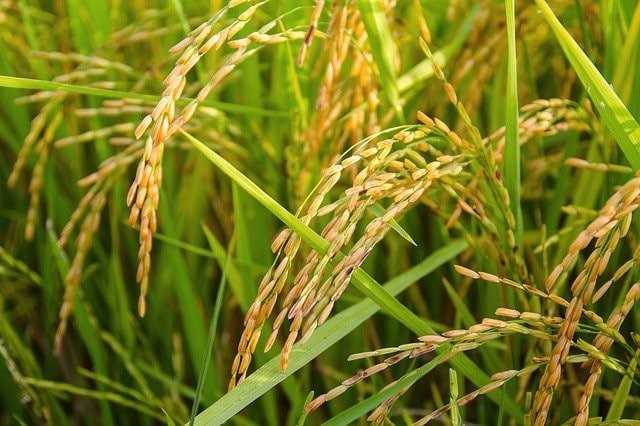
The ripening period begins when the rice flower blossoms and concludes when the rice grain has reached maturity and is ready to be harvested. It lasts roughly 30 days, regardless of the variety or season. During the first 15 days after the blossoming of the flower, it is vulnerable to climatic dangers such as high temperatures, strong winds, and drought. Rainy days or cold temperatures might prolong the ripening process, while bright and warm days can speed it up.
Conclusion

In a nutshell, it is important for farmers to prepare a cropping calendar and set the expected time of harvest to make sure that the harvest time falls on sunny days. Other than that, the cropping calendar also encompasses a preparation for the worst that can happen. Every year, farmers lose an estimated 37 percent of their rice crop to pests and illnesses. A good rice pest management guide can help you easily diagnose the problem and cut losses promptly.
Sources:
California Rice Production Workshop (2018). Rice Growth and Development. https://rice.ucanr.edu/files/288570.pdf
International Rice Research Institute (1998). Reversing Trends of Declining Productivity in Intensive Irrigated Rice Systems. Phase II: 1997-2000 Progress Report 1998. Los Baños, Laguna.
Bautista, E. U., & Javier, E. F. (2005). The Evolution of Rice Production Practices (Vol. 14) [E-book]. Philippine Institute for Development Studies.
